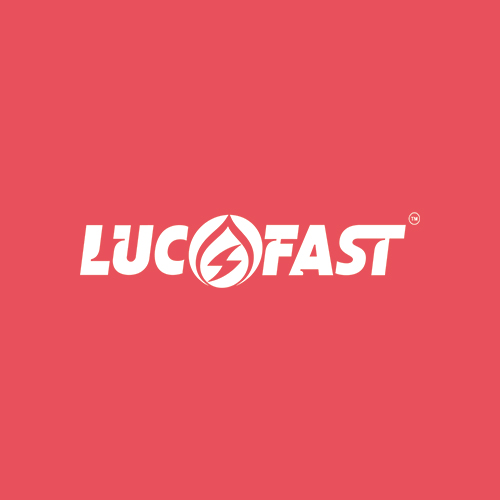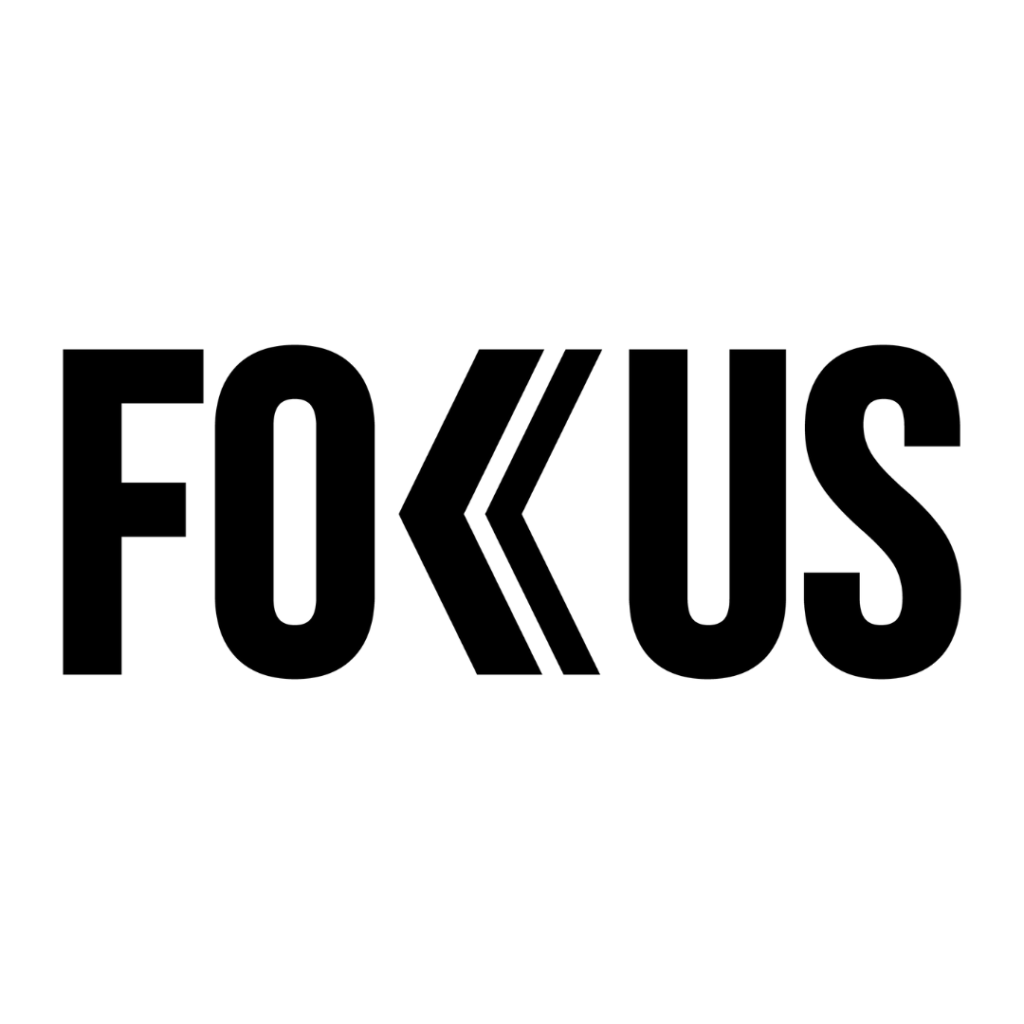HDFC Bank reported a decline in its consolidated net profit for the April to June quarter, even after recording a one-time gain from the HDB Financial Services IPO. The dip was primarily driven by a sharp rise in provisions and operating expenses.
Net Profit Falls Despite Rs 9128 Crore IPO Gain
The bank posted a consolidated net profit of Rs 16,258 crore for Q1 FY25, down 5.1 percent year-on-year. This figure includes a Rs 9,128 crore gain from the partial divestment of HDB Financial Services. On a standalone basis, the net profit stood at Rs 15,976 crore, up just 2.1 percent from last year.
This marginal growth reflects increasing pressure on profitability, especially after the HDFC-HDFC Bank merger, which continues to influence financial outcomes and cost structures.
Provisions Surge Over 60 Percent
The biggest hit came from a steep rise in provisions, which jumped 62 percent year-on-year to Rs 14,442 crore. These provisions include buffers for bad loans and adjustments related to the housing loan portfolio acquired from HDFC Ltd.
The bank also saw an increase in credit costs, which now stand at 1.3 percent of average advances, compared to 0.87 percent a year ago. Asset quality, however, remained relatively stable, with gross non-performing assets at 1.26 percent and net NPAs at 0.33 percent.
Operating Expenses Weigh on Margins
Total operating expenses surged to Rs 17,586 crore, up 38 percent year-on-year. This includes the integration cost of HDFC Ltd, increased branch expansion, and investment in digital infrastructure. The cost-to-income ratio rose to 45 percent from 39.5 percent a year ago, reflecting higher operating pressure. Net interest income grew by 3.4 percent to Rs 29,080 crore, while the net interest margin slipped slightly to 3.4 percent from 4.1 percent pre-merger, indicating tightening spreads.
Loan Growth Steady, Retail Drives Performance
Despite the earnings pressure, advances showed healthy growth of 52 percent year-on-year to Rs 24.87 lakh crore. Retail loans continued to drive this momentum, especially in housing and vehicle finance. Deposit growth stood at 24.4 percent, with CASA ratio at 38.2 percent.
The management remained optimistic about medium-term prospects, highlighting strong credit demand, rising digital engagement, and deeper penetration across semi-urban and rural regions.
While the short-term impact of the merger and increased provisioning has dragged profitability, analysts expect synergies to improve over the next few quarters. Investors, however, are likely to watch future earnings closely for signs of margin recovery and cost efficiency.





















